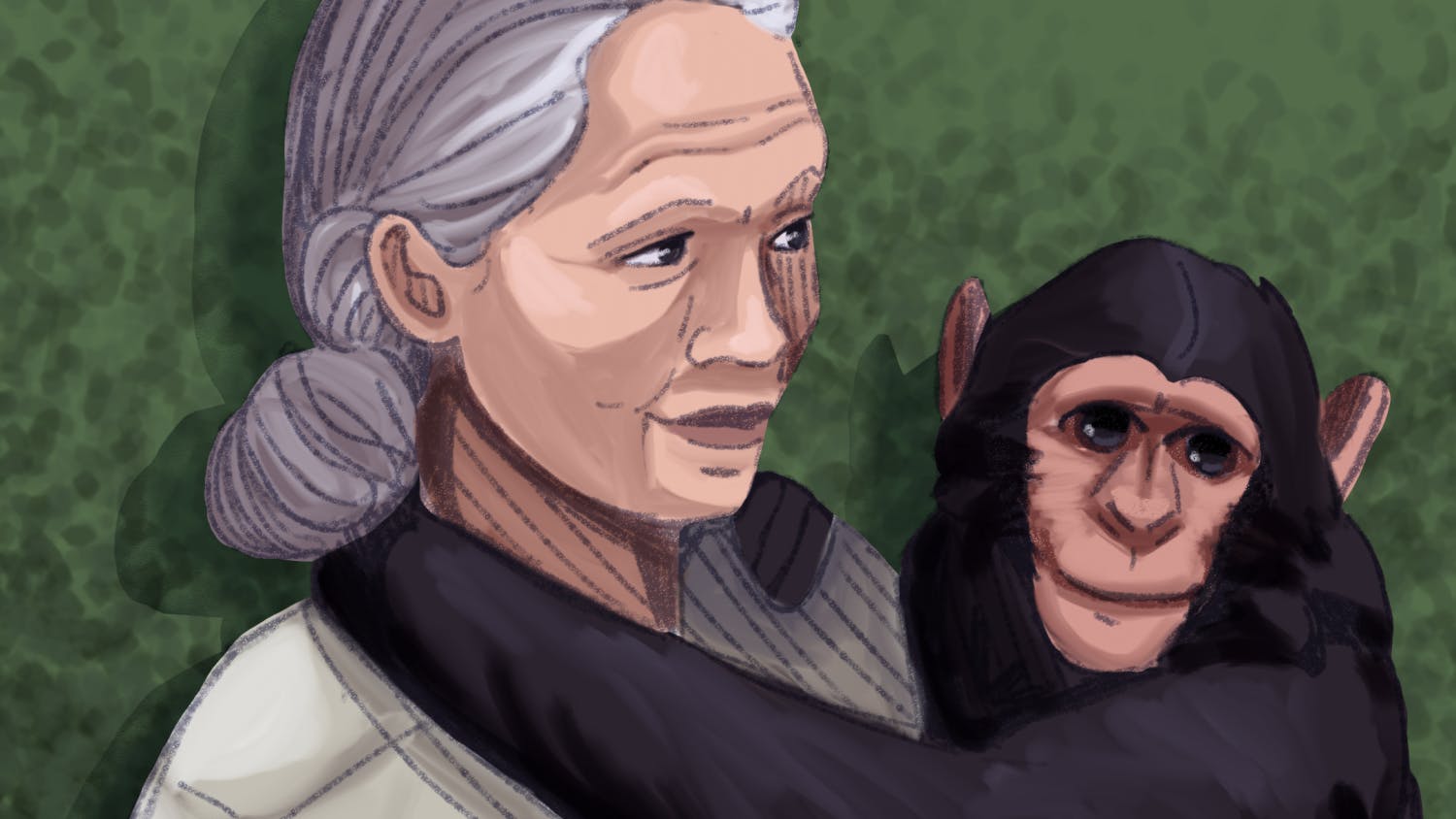Among the books and binders in her office in the Mechanical Engineering building, associate professor Heidi-Lynn Ploeg’s shelves are filled with bones. She pulls out a thin cardboard sleeve, and inside are dozens of mouse femurs. Each one of these leg bones is shorter than the length of a fingernail.
“It’s amazing how we can compare these to the human body,” Ploeg said.
Ploeg is the director of a Bone and Joint Biomechanics laboratory at the University of Wisconsin-Madison. She is studying the biomechanics of bone structure, and specifically how putting stress on a bone can improve its strength and density. Although diet, disease, and exercise are known factors in a bone’s size and strength, less is known about why and how they affect it. Ploeg hopes the study will lead to a program that combines exercise and hormone treatments to build a strong bone structure and prevent bone density loss.
Most modern medical research uses individual cell testing or animal testing experiments. Ploeg and her team, however, use an organ culture to observe bone growth. They keep small pieces of bone alive with nutrients so researchers can perform different experiments and see how the bone responds as a complete structure.
“Cell testing can be deceiving because the cell is removed from its environment,” Ploeg said. “Organ culture testing is beneficial because the bone responds similarly to how it will act in the body, but is also much less expensive than animal or human tests.”
Keeping a bone alive is essential to the study because bone cells are constantly remodeling and rebuilding. Biomechanical engineering concepts can help understand how activities like running and jumping put pressure on bones and affect their growth, but hormones are also a factor in bone remodeling. Ploeg’s team works with biochemical engineers to better understand hormones’ role in bone strength. They test different pressures and chemical effects on the bone samples to imitate the stress and hormones bones experience.
This study will add to the limited knowledge there is about improving bone strength. Researchers hope it will aid the elderly population who commonly suffer from frailty and, more seriously, hip fractures.
“Hip fractures are not just a broken bone. For many of the elderly, it means loss of mobility. A lot of them die because they cannot get around,” Ploeg said. “We hope that our studies can help prevent hip fractures in the future.”
This is not just a problem for the elderly. Bones stop growing after around thirty years. Healthy habits can prevent bone loss after growth stops. Bone strength is easy to lose and hard to build, making early adulthood an important time for bone development.





